Electronic chemical materials are substances used in the production of electronic devices, such as smartphones, laptops, and televisions. These materials can be conductors, insulators, or semi-conductors and play a crucial role in the performance and functionality of electronic devices. Electronic chemical materials are used in the manufacturing of various components of electronic devices, such as integrated circuits, displays, and batteries. The demand for electronic devices is constantly growing, driving the need for more advanced and efficient electronic chemical materials. This field is rapidly evolving, and new materials and technologies are being developed to meet the increasing demand for better performance, reliability, and sustainability in electronic devices.
-
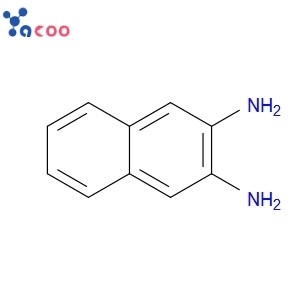 2,3-diaminonaphthalene CAS771-97-1Used in organic synthesis, and the determination of selenium reagent
2,3-diaminonaphthalene CAS771-97-1Used in organic synthesis, and the determination of selenium reagent -
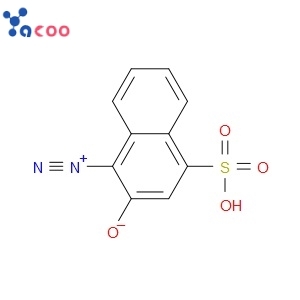 1-DIAZO-2-NAPHTHOL-4-SULFONIC ACID CAS887-76-3Used as acid dyes, media dye intermediates
1-DIAZO-2-NAPHTHOL-4-SULFONIC ACID CAS887-76-3Used as acid dyes, media dye intermediates -
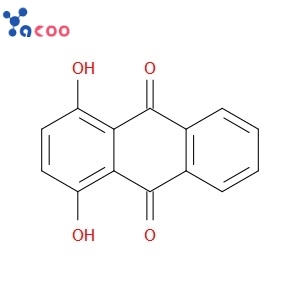 1,4-DIHYDROXYANTHRAQUINONE CAS81-64-1Used in the manufacture of VAT dye, disperse dye and reactive dye intermediates
1,4-DIHYDROXYANTHRAQUINONE CAS81-64-1Used in the manufacture of VAT dye, disperse dye and reactive dye intermediates -
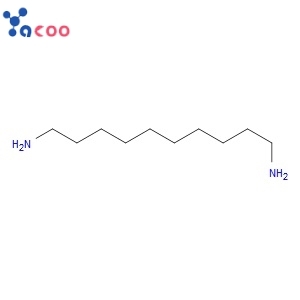 1,10-DIAMINODECANE CAS646-25-3Organic synthetic raw material, refined for polymer polymerization and drugs, and used as a reagent.
1,10-DIAMINODECANE CAS646-25-3Organic synthetic raw material, refined for polymer polymerization and drugs, and used as a reagent. -
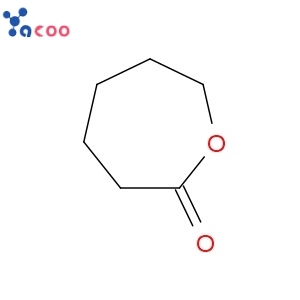 6-Hexanolactone CAS502-44-3New polyester monomer, is mainly used for synthetic rubber, synthetic fiber and synthetic resin production; also used in the manufacture of caprolactam, adipic acid, adhesive, coating, epoxy resin diluent and solvent; also with a variety of resin admixture to improve its gloss, transparency and anti adhesive
6-Hexanolactone CAS502-44-3New polyester monomer, is mainly used for synthetic rubber, synthetic fiber and synthetic resin production; also used in the manufacture of caprolactam, adipic acid, adhesive, coating, epoxy resin diluent and solvent; also with a variety of resin admixture to improve its gloss, transparency and anti adhesive -
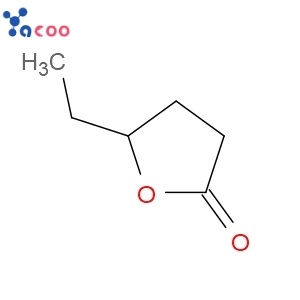 GAMMA-CAPROLACTONE CAS695-06-7Often used as a modifier of coumarin in essence, such as lavender oak moss, fern, and use for moss in the sweet scent of sweeteners. Is widely used in cream, honey fragrance in the edible flavor, aroma was, caramel and aroma compound and tobacco flavor.
GAMMA-CAPROLACTONE CAS695-06-7Often used as a modifier of coumarin in essence, such as lavender oak moss, fern, and use for moss in the sweet scent of sweeteners. Is widely used in cream, honey fragrance in the edible flavor, aroma was, caramel and aroma compound and tobacco flavor. -
 COPPER(I) IODIDE CAS7681-65-4Use of 1 copper iodide is very wide, can be used as catalyst in organic synthesis, resin modifier, artificial rainfall agent, the cathode ray tube cover, and iodine in iodized salt source. In the presence of 1,2- or 1,3- two amine ligands, copper iodide can catalyze aryl bromide, bromide heterocyclic compounds and vinyl bromide into the corresponding iodide reaction. The general reaction was carried out in two dioxane solvent, sodium iodide iodide as a reagent. Aryl iodides in general than the corresponding chloride and iodide lively, therefore, copper iodide can be catalyzed coupling reaction of a series of halogenated hydrocarbons involved, such as Heck reaction, Stille reaction, Suzuki reaction and Ullmann reaction. 2- bromo -1- octene -3- alcohol and 1- 8-nonynoic in two chloride double (three phenyl phosphine) palladium (II), there are two under cuprous chloride and triethylamine, coupling reaction of 7- methylene -8- sixteen carbon -6- alcohol. 2 is used as a catalyst for organic reactions, anode X-ray tube cover, also used as animal feed additives, copper iodide can be used for the measurement of mechanical and mercuric iodide with high bearing temperature indicator. 3 in many reactions of Grignard reagents in copper iodide as catalyst, with dry Wiff rearrangement.
COPPER(I) IODIDE CAS7681-65-4Use of 1 copper iodide is very wide, can be used as catalyst in organic synthesis, resin modifier, artificial rainfall agent, the cathode ray tube cover, and iodine in iodized salt source. In the presence of 1,2- or 1,3- two amine ligands, copper iodide can catalyze aryl bromide, bromide heterocyclic compounds and vinyl bromide into the corresponding iodide reaction. The general reaction was carried out in two dioxane solvent, sodium iodide iodide as a reagent. Aryl iodides in general than the corresponding chloride and iodide lively, therefore, copper iodide can be catalyzed coupling reaction of a series of halogenated hydrocarbons involved, such as Heck reaction, Stille reaction, Suzuki reaction and Ullmann reaction. 2- bromo -1- octene -3- alcohol and 1- 8-nonynoic in two chloride double (three phenyl phosphine) palladium (II), there are two under cuprous chloride and triethylamine, coupling reaction of 7- methylene -8- sixteen carbon -6- alcohol. 2 is used as a catalyst for organic reactions, anode X-ray tube cover, also used as animal feed additives, copper iodide can be used for the measurement of mechanical and mercuric iodide with high bearing temperature indicator. 3 in many reactions of Grignard reagents in copper iodide as catalyst, with dry Wiff rearrangement. -
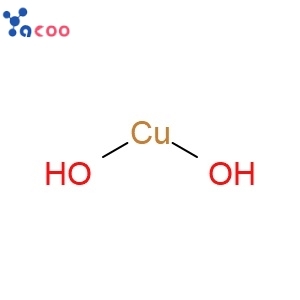 CUPRIC HYDROXIDE CAS20427-59-2A raw material for copper salt mordant, rayon, paint, colored paper. Used as a fungicide, bottom antifouling composition.
CUPRIC HYDROXIDE CAS20427-59-2A raw material for copper salt mordant, rayon, paint, colored paper. Used as a fungicide, bottom antifouling composition.
 86-15062454963
86-15062454963 sales@yacooscience.com
sales@yacooscience.com











